Table of Contents
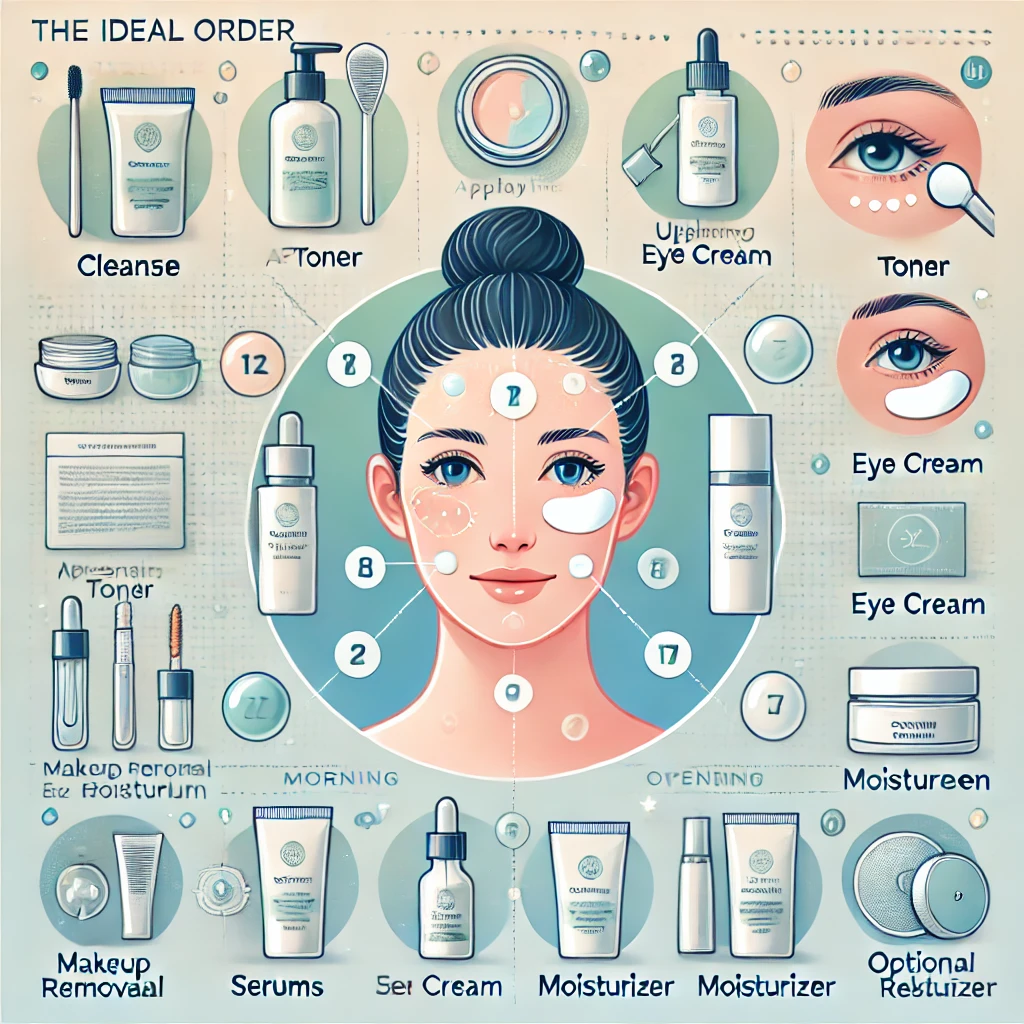
Introduction to Skincare Routines
Following a structured skincare routine is essential for maintaining healthy, glowing skin. In an era where environmental pollutants and stress are constant, adhering to a consistent regimen can help counteract the adverse effects on the skin. A well-defined skincare routine focuses on addressing various concerns systematically, enabling individuals to achieve clearer, more radiant skin over time.
One of the primary benefits of a routine is that it helps in the prevention and treatment of common skincare issues, such as acne, dryness, and hyperpigmentation. By consistently using products tailored to your skin type and concerns, you can significantly improve your skin’s texture and appearance. Moreover, a regular routine allows for the gradual building up of beneficial ingredients like antioxidants, which protect against free radical damage and premature aging.
It is crucial to understand that a skincare routine is not a one-size-fits-all blueprint. The effectiveness of a regimen highly depends on individual skin types, specific concerns, and lifestyle factors. For instance, oily skin may benefit from lightweight, non-comedogenic products, while dry skin might require richer, more hydrating formulations. Additionally, external factors such as climate and environmental exposure also play a role in determining the ideal products and steps required to achieve healthy skin.
Incorporating a step-by-step approach ensures each product works synergistically, enhancing their effectiveness. This structured method not only maximizes the benefits of each product but also helps in tracking progress and making informed adjustments as needed. Over time, this systematic approach cultivates balanced, resilient skin that is better equipped to fend off environmental stressors and impurities.
In the subsequent sections, we will delve deeper into the essential steps of an ideal skincare routine, offering detailed guidance on how to tailor them to meet your specific needs. Whether you aim to combat acne, reduce wrinkles, or simply maintain a healthy complexion, a well-planned skincare regimen is the key to achieving your goals.
Step 1: Cleansing

Cleansing is the foundational step in any effective skincare routine. It involves the removal of dirt, oil, and impurities from the skin, which is essential for preventing clogged pores and subsequent breakouts. Cleansers come in various formulations, each tailored to different skin types and concerns, making the selection of the right cleanser a critical decision.
Foam cleansers are ideal for oily and acne-prone skin types. They create a rich lather that dissolves excess sebum and deeply cleanses the pores. Gel cleansers, similarly, are great for oily and combination skin. Their lightweight, non-oily texture helps in refreshing the skin without over-drying.
For those with dry or sensitive skin, cream cleansers are more suitable. They contain moisturizing ingredients that gently cleanse without stripping the skin of its natural oils. Oil-based cleansers, often part of the double-cleansing method, are particularly effective at removing makeup and sunscreen residues. They work on the principle that like dissolves like, thereby efficiently breaking down excess oil and impurities.
When choosing a cleanser, it is imperative to consider one’s skin type. Individuals with dry skin should opt for hydrating cleansers that replenish moisture. In contrast, those with oily skin should look for products that control sebum production without leaving the skin feeling tight.
Knowing your skin’s specific needs and selecting the appropriate cleanser can dramatically improve the overall effectiveness of your skincare routine. Quality cleansing not only paves the way for better absorption of subsequent skincare products but also helps maintain a clear, radiant complexion.
Step 2: Exfoliating
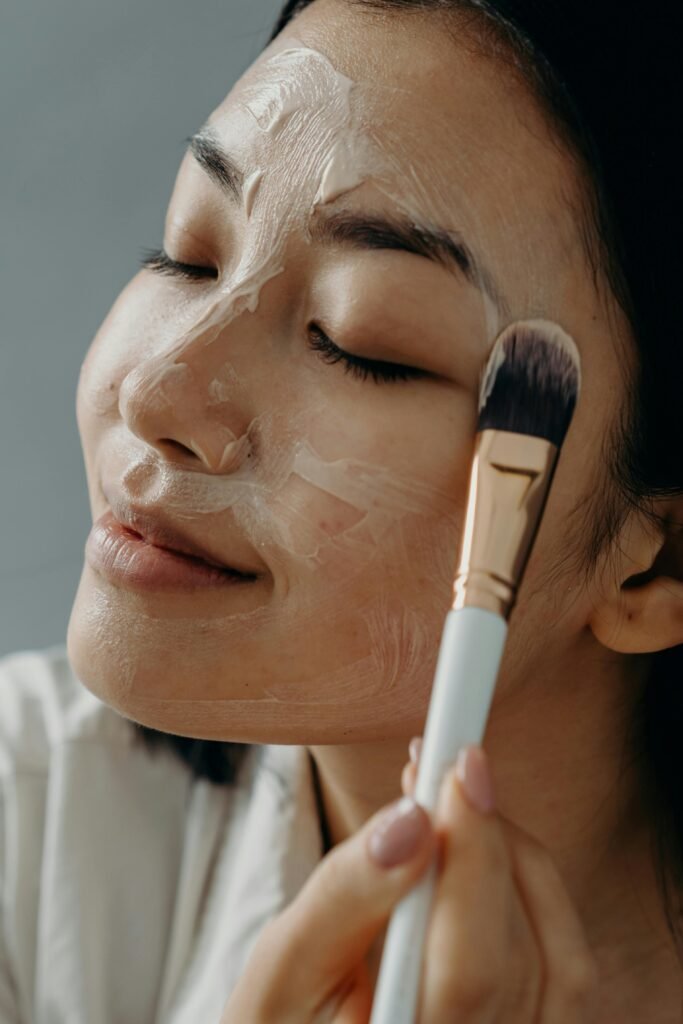
Exfoliation is a crucial step in any skincare routine, as it aids in removing dead skin cells and promoting cell turnover. This can lead to a smoother, more radiant complexion. By eliminating the layer of dead skin cells, exfoliation allows for better absorption of other skincare products, ensuring that active ingredients penetrate more deeply and work more effectively.
There are two primary types of exfoliants: physical and chemical. Physical exfoliants use granular substances such as scrubs to manually slough off dead cells. While effective, these may sometimes cause micro-tears in the skin if used too aggressively. On the other hand, chemical exfoliants utilize acids or enzymes to dissolve dead cells. Common chemical exfoliants include alpha hydroxy acids (AHAs) like glycolic and lactic acid, and beta hydroxy acids (BHAs) such as salicylic acid. These tend to offer a gentler yet effective approach to exfoliation.
The frequency of exfoliation varies based on skin type. Individuals with oily or combination skin might benefit from exfoliating two to three times a week. In contrast, those with dry or sensitive skin may find that once a week suffices. Over-exfoliation can lead to skin irritation, redness, and even long-term damage. Hence, it is essential to listen to your skin’s needs and adjust frequency accordingly. If you notice any signs of over-exfoliation, such as increased sensitivity or persistent dryness, it’s prudent to reduce the frequency or switch to a milder product.
When integrating exfoliation into your skincare routine, it’s wise to follow it with soothing and hydrating products to replenish and protect your skin. This step is best performed after cleansing and before applying other active treatments. Remember, while exfoliation can significantly enhance your skin’s appearance, moderation is key to maintaining healthy, glowing skin.
Step 3: Toning
Toning is a crucial step in maintaining the equilibrium of your skin’s pH levels and preparing it for the subsequent stages of your skincare routine. It acts as a bridge between cleansing and moisturizing, ensuring that your skin stays receptive to the beneficial ingredients from serums and moisturizers. Essentially, toners help to remove any lingering impurities, tighten pores, and balance the skin after the cleansing process.
There are various types of toners available, each tailored to address specific skin concerns. Hydrating toners are enriched with moisture-binding ingredients such as hyaluronic acid and glycerin, designed to replenish the skin’s moisture levels. These are ideal for dry or dehydrated skin types as they restore hydration and improve skin elasticity. On the other hand, astringent toners contain alcohol or witch hazel and are particularly beneficial for oily or acne-prone skin. They work by reducing oil production and tightening the pores, providing a mattifying effect.
For individuals dealing with uneven skin texture and dullness, exfoliating toners containing alpha hydroxy acids (AHAs) or beta hydroxy acids (BHAs) are an excellent choice. These exfoliating agents help to accelerate cell turnover, fade hyperpigmentation, and clear clogged pores, promoting smoother and brighter skin. When selecting a toner, it’s vital to consider your skin type and specific concerns. If your skin is sensitive, opt for alcohol-free and fragrance-free formulations to minimize irritation.
Proper application techniques can enhance the effectiveness of toners. After cleansing, apply the toner using a cotton pad or your clean hands, gently patting it onto your face and neck. Ensuring an even distribution helps to maximize absorption and prepare the skin for the subsequent steps in your skincare regimen. Incorporating toning into your daily routine can significantly contribute to achieving glowing and healthy skin.
Step 4: Applying Serums and Treatments

Serums and treatments are pivotal in addressing specific skin concerns such as acne, hyperpigmentation, and signs of aging. These concentrated solutions are formulated with active ingredients that penetrate the skin more deeply compared to other skincare products. Integrating them effectively into your skincare routine can significantly improve your skin’s health and appearance.
Layering serums correctly is essential to maximize their efficacy. The general rule is to apply products from the thinnest to the thickest consistency. Typically, serums have a lightweight, fluid texture, allowing quick absorption into the skin. Therefore, they should be used after cleansing and toning but before moisturizing. This sequence ensures that the active ingredients can penetrate deeper layers of the skin without being hindered by heavier products.
Choosing the right serum is critical to target your specific skin concerns. For instance, serums with ingredients like salicylic acid or benzoyl peroxide are ideal for acne-prone skin, while those containing niacinamide or vitamin C are excellent for treating hyperpigmentation. For anti-aging benefits, serums rich in retinoids or peptides are recommended. It’s essential to understand your skin’s particular needs and select serums with active ingredients that address these issues effectively.
When integrating multiple serums, the order of application is crucial. Start with the most lightweight, water-based serums and layer the thicker, oil-based treatments afterward. Allow each serum to fully absorb before applying the next to ensure maximum penetration of active ingredients. Adjustments may be necessary based on your skin’s tolerance and the specific formulations of the serums you are using.
Balancing the use of serums and treatments within your skincare routine can help achieve glowing, healthy skin. Whether you are addressing breakouts, pigmentation, or fine lines, thoughtful selection and proper layering of serums can make a significant difference in your skincare results. Remember to give each product sufficient time to perform its function before moving on to the next step.
Step 5: Moisturizing
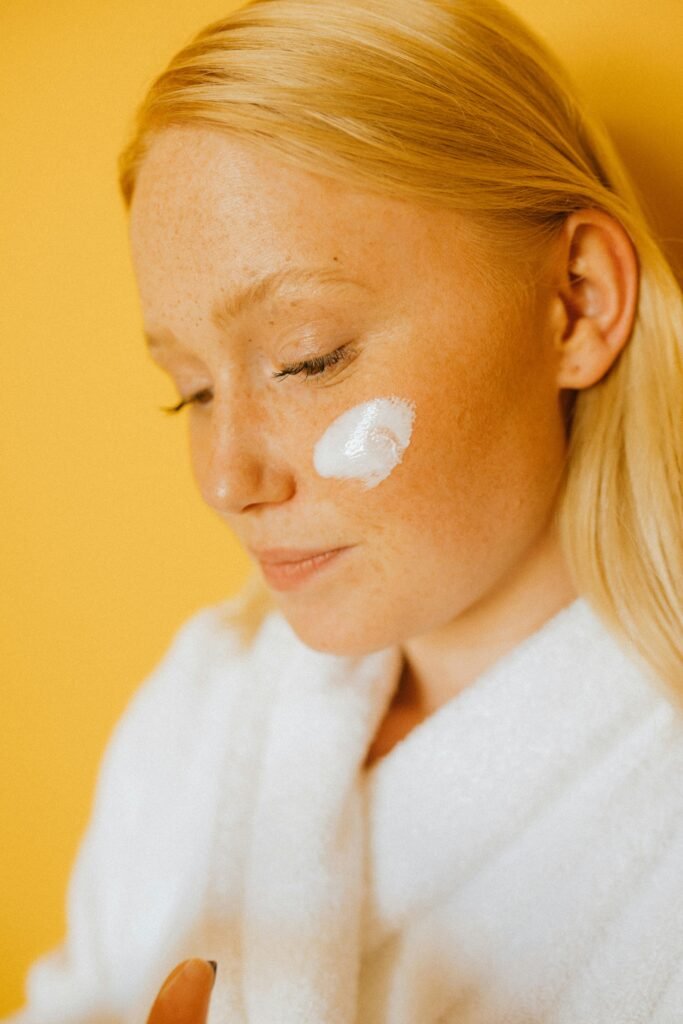
Moisturizing plays an essential role in maintaining hydrated, glowing, and healthy skin. It serves as a protective barrier, locking in moisture and fortifying the skin against environmental aggressors. The market offers various types of moisturizers, including gels, creams, lotions, and ointments, each catering to specific skin types and concerns.
For individuals with oily skin, gel moisturizers are often the most suitable choice. These are typically lightweight and water-based, providing hydration without a greasy residue. Cream moisturizers are thicker and more emollient, making them ideal for normal to dry skin. They work by creating a robust barrier to prevent moisture loss. Lotions are a middle ground, being less viscous than creams and suitable for normal to combination skin types, offering balanced hydration.
Ointments are the heaviest and most occlusive, making them appropriate for extremely dry or compromised skin. These products often contain high concentrations of oils and emollients, such as petrolatum or lanolin, and are best suited for overnight use or during harsh winter conditions.
Contrary to common belief, even those with oily skin should not skip this vital step. Proper moisturization can help balance the skin’s natural oil production, preventing the overproduction of sebum. Opt for non-comedogenic products, which are formulated to not clog pores, to keep acne at bay while maintaining hydration.
Effective application involves using a small amount of product, gently massaging it into the skin in upward, circular motions. This technique not only ensures even distribution but also stimulates blood flow, enhancing the skin’s natural glow.
Choosing the right moisturizer involves a keen understanding of one’s skin type and specific needs. It may require some trial and error to pinpoint the perfect match, but the benefits—a hydrated, resilient barrier and a naturally radiant complexion—are well worth the effort. This crucial step helps set a solid foundation for any effective skincare routine.
Step 6: Sun Protection

Applying sunscreen is an indispensable component of any daytime skincare routine, serving as a robust shield against detrimental UV radiation. Sun protection not only helps prevent immediate skin damage, such as sunburns, but also circumvents long-term impacts like premature aging and an increased risk of skin cancer. Effectively incorporating this step into your skincare regimen is crucial for maintaining a radiant and healthy complexion.
The Importance of Sun Protection
The harmful effects of UV rays extend beyond visible signs of sun damage. UVA and UVB rays contribute significantly to photoaging, characterized by wrinkles, fine lines, and hyperpigmentation. More critically, prolonged exposure can lead to skin malignancies, including melanoma. Therefore, consistent and adequate sun protection is essential for both aesthetic and health-related reasons.
Types of Sunscreens: Physical vs. Chemical
Sunscreens come in two main varieties: physical (mineral) and chemical. Physical sunscreens use active mineral ingredients like zinc oxide or titanium dioxide, which sit on the skin’s surface and deflect UV rays. They are often considered gentler, making them suitable for sensitive skin types. Conversely, chemical sunscreens absorb UV radiation through their active ingredients, such as avobenzone or octinoxate, converting it into heat that is discharged from the skin. Each type has its advantages; choosing between them depends on individual skin needs and environmental factors.
Choosing the Right SPF
Selecting the appropriate Sun Protection Factor (SPF) for daily use can be daunting. Dermatologists generally recommend a broad-spectrum sunscreen with an SPF of at least 30 for daily wear. This level of SPF ensures protection against both UVA and UVB rays. While higher SPF values offer greater protection, it is crucial to consider reapplication, especially after sweating or swimming, to maintain its efficacy.
Proper Application Techniques
To attain optimal protection, it is imperative to apply sunscreen correctly. A common guideline is to use approximately one ounce (or a shot glass full) of sunscreen to cover the entire body. For the face, a nickel-sized amount should suffice. It is important to apply sunscreen 15 minutes before sun exposure, and reapplication is necessary every two hours or immediately after swimming or excessive sweating. Do not overlook commonly missed areas such as the ears, neck, and tops of the feet.
Incorporating a rigorous sun protection step in your skincare routine is paramount for achieving and maintaining luminous, healthy skin. By understanding the importance of sun protection, recognizing the differences between physical and chemical sunscreens, selecting the right SPF, and adhering to proper application techniques, you can significantly enhance your skin’s defense against harmful UV radiation.
Additional Tips and Nighttime Routine
When striving for glowing and healthy skin, consistency in your skincare routine is paramount. Adhering to a daily regimen ensures that the skin receives the necessary continuous care it needs to thrive. The skin, being the body’s largest organ, benefits immensely from a steady application of good habits and effective products. Consistency helps in maintaining hydration, balance, and overall skin health. It also allows any specific treatments or active ingredients to have their desired effects over time.
Another crucial aspect is tailoring your skincare regimen to the changes in seasons. During colder months, the skin often requires more hydration and protection against harsh weather conditions. Incorporating richer, more emollient moisturizers can help prevent dryness and irritation. Conversely, in warmer months, switching to lighter, oil-free moisturizers and incorporating products that control excess sebum production can manage the heightened risk of clogged pores and breakouts. Sunscreen, though necessary year-round, becomes even more critical during summer when UV exposure peaks.
Daytime vs. Nighttime Routine
The daytime skincare routine primarily focuses on protection. Key steps include cleansing, hydrating, and applying sunscreen to shield the skin from environmental aggressors like pollution and UV rays. Antioxidant serums, such as those containing Vitamin C, are especially beneficial as they neutralize free radicals, preventing premature aging and boosting the skin’s natural glow.
In contrast, the nighttime skincare regimen emphasizes repair and rejuvenation. These hours provide an opportune time for the skin to heal from the day’s stressors. After removing makeup and cleansing, incorporating treatments with active ingredients such as retinoids, AHAs, or BHAs can accelerate cell turnover and promote a smoother complexion. Night creams or sleeping masks, often infused with hydrating and nourishing ingredients like hyaluronic acid or ceramides, work overnight to repair the skin barrier and replenish moisture levels. The absence of UV exposure during nighttime allows for potent treatments without the risk of photosensitivity.
Understanding the nuances between daytime and nighttime skincare routines and adhering to them with consistency enhances the efficacy of the products used, leading to healthier, more radiant skin.
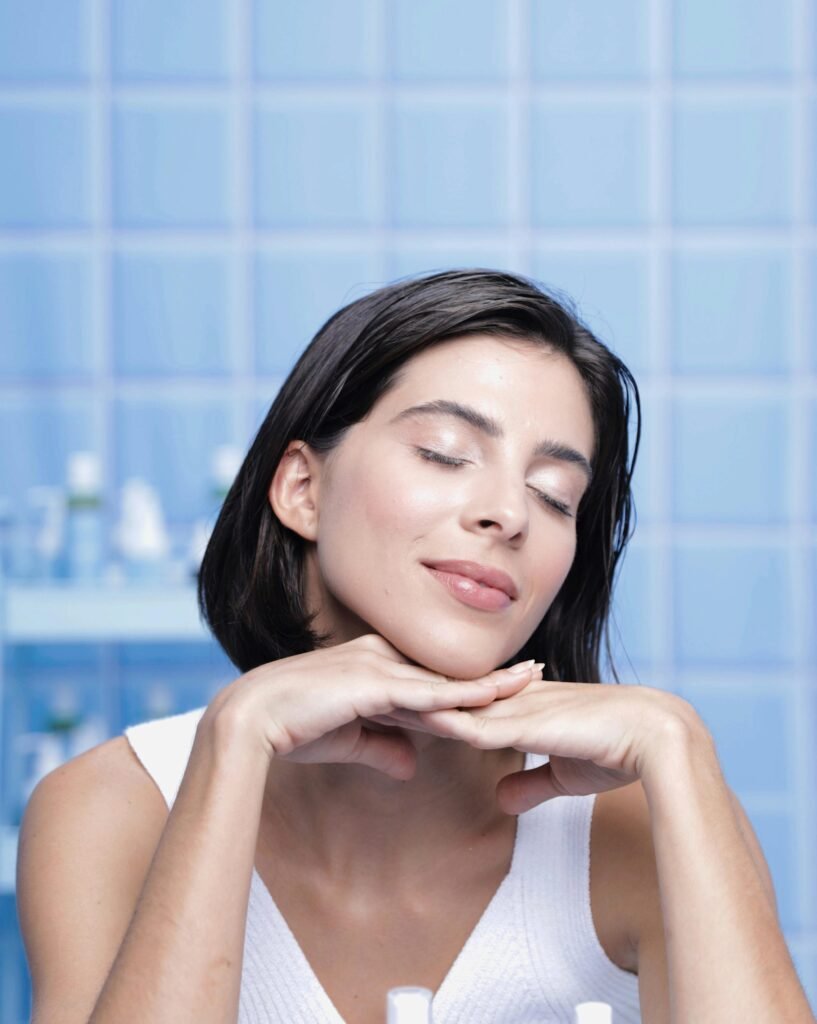

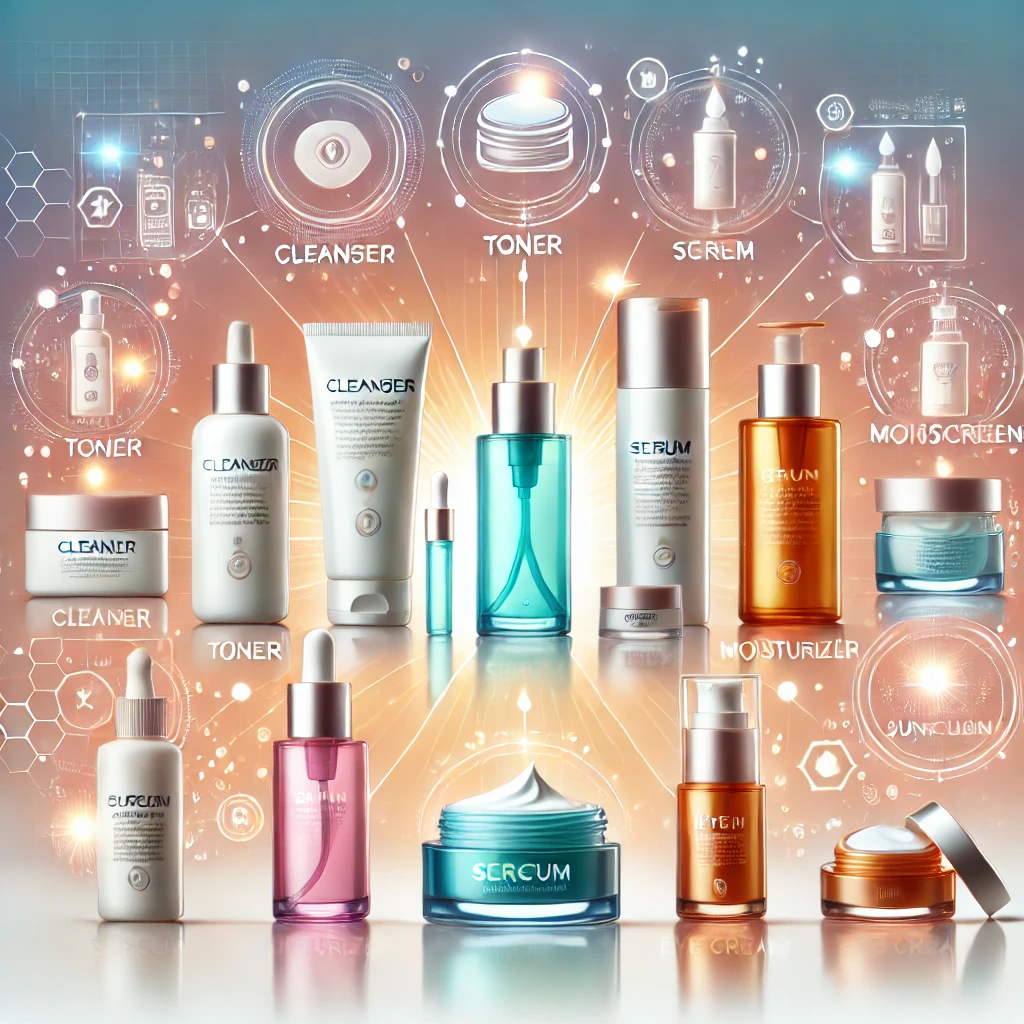




Heya i am for the first time here. I found this board and I find It really useful & it helped me out a lot. I hope to give something back and help others like you helped me.